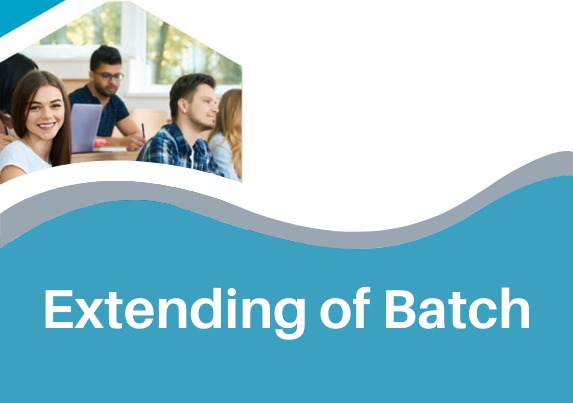About the course
This course on Machine Learning through Python will help you to understand how problem-solving occurs in real life machine learning applications. In this course, you will use a Python-based toolbox known as scikits learn, to perform the hands-on practice. In this course, you will understand Linear Regression, Logistic Regression models with the help of python programming exercises. Then, you will understand the decision trees along with k nearest neighbor and principal component analysis with the help of Python exercises. After that, you will understand naive Bayes followed by support vector machine with the help of exercises on python. Finally, you will learn about neural network and k means clustering through exercises on python programming.
Learning Outcomes
After completing this course, you will be able to:
- Understand about the problem-solving in real-world machine learning applications.
- Understand machine learning principles and concepts through python.
- Implement these learning in real-life machine learning applications.
- Boost your hireability through innovative and independent learning.
- Get a certificate on successful completion of the course.
Target Audience
The course can be taken by:
Students: All students who are pursuing professional graduate/post-graduate courses related to computer science and engineering or data science.
Teachers/Faculties: All computer science and engineering teachers/faculties.
Professionals: All working professionals from computer science / IT / Data Science domain.
Why learn Machine Learning through Python?
Machine Learning is currently one of the hottest topics in IT. Technologies such as digital, big data, Artificial Intelligence, automation, and machine learning are increasingly shaping the future of work and jobs. It is a specific set of techniques that enable machines to learn from data, and make predictions. When the biases of our past and present fuel the predictions of the future, it's a tall order to expect AI to operate independently of human flaws. Whether financial institutions are looking for improved customer service, risk management, fraud prevention, investment prediction or cybersecurity, the scopes of machine learning and artificial intelligence are limitless. In the modern era of the digital economy, technological advancements are no longer a luxury for the organizations, but a necessity to outsmart their competitors and business growth. With the technological advancements in the recent times, the impact of Machine Learning (ML) and Artificial Intelligence (AI) are very critical than ever before. According to KellyOCG India, demand for Artificial Intelligence and Machine Learning specialists in the country are expected to see a 60% rise by 2018 due to increasing adoption of automation.
Course Features
- 24X7 Access: You can view lectures as per your own convenience.
- Online lectures: 6 hours of online lectures with high-quality videos.
- Updated Quality content: Content is latest and gets updated regularly to meet the current industry demands.
Test Evaluation
There will be a final test containing a set of multiple-choice questions. Your evaluation will include the scores achieved in the final test.
Certification
Certification requires you to complete the final test. Your certificate will be generated online after successful completion of course.








